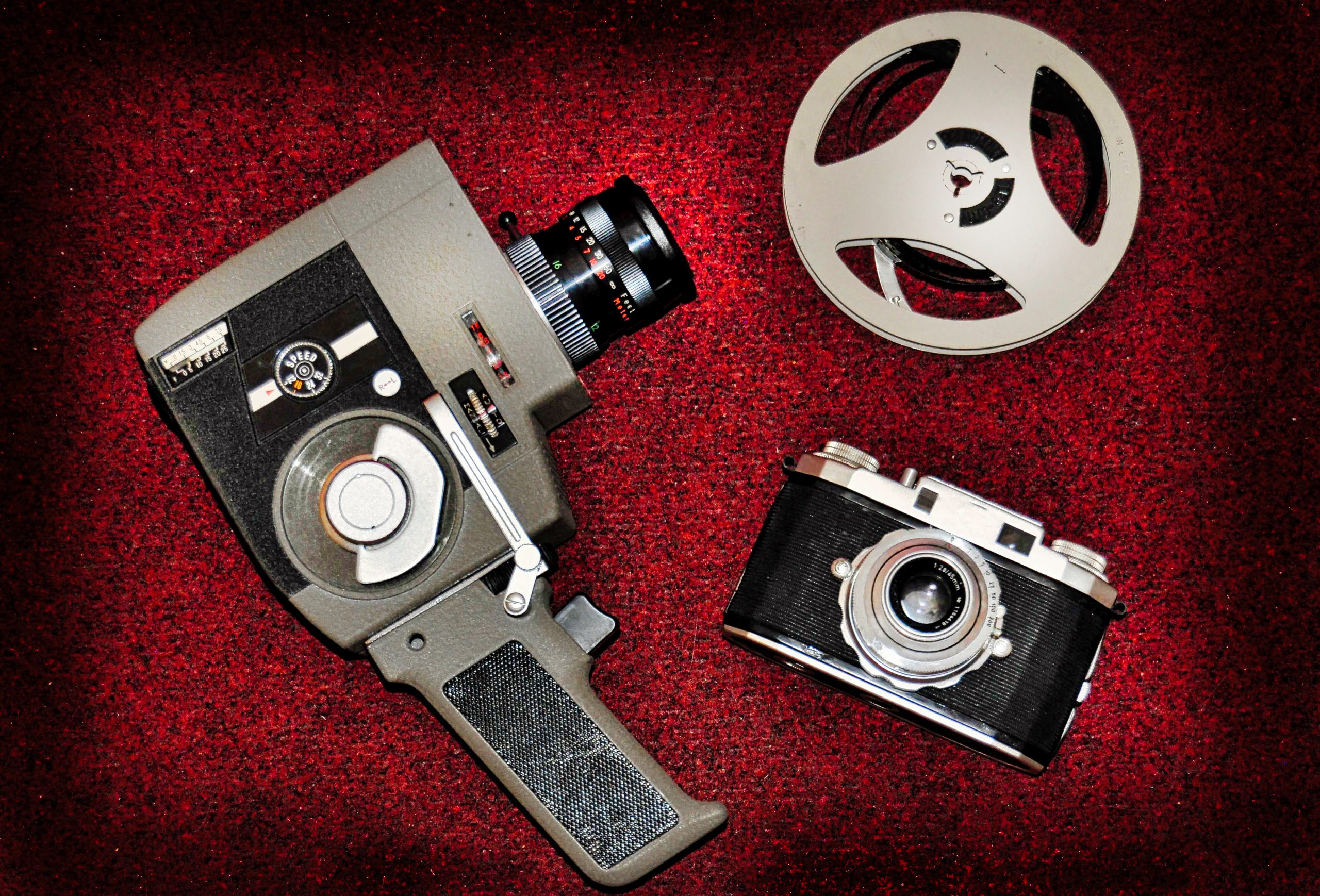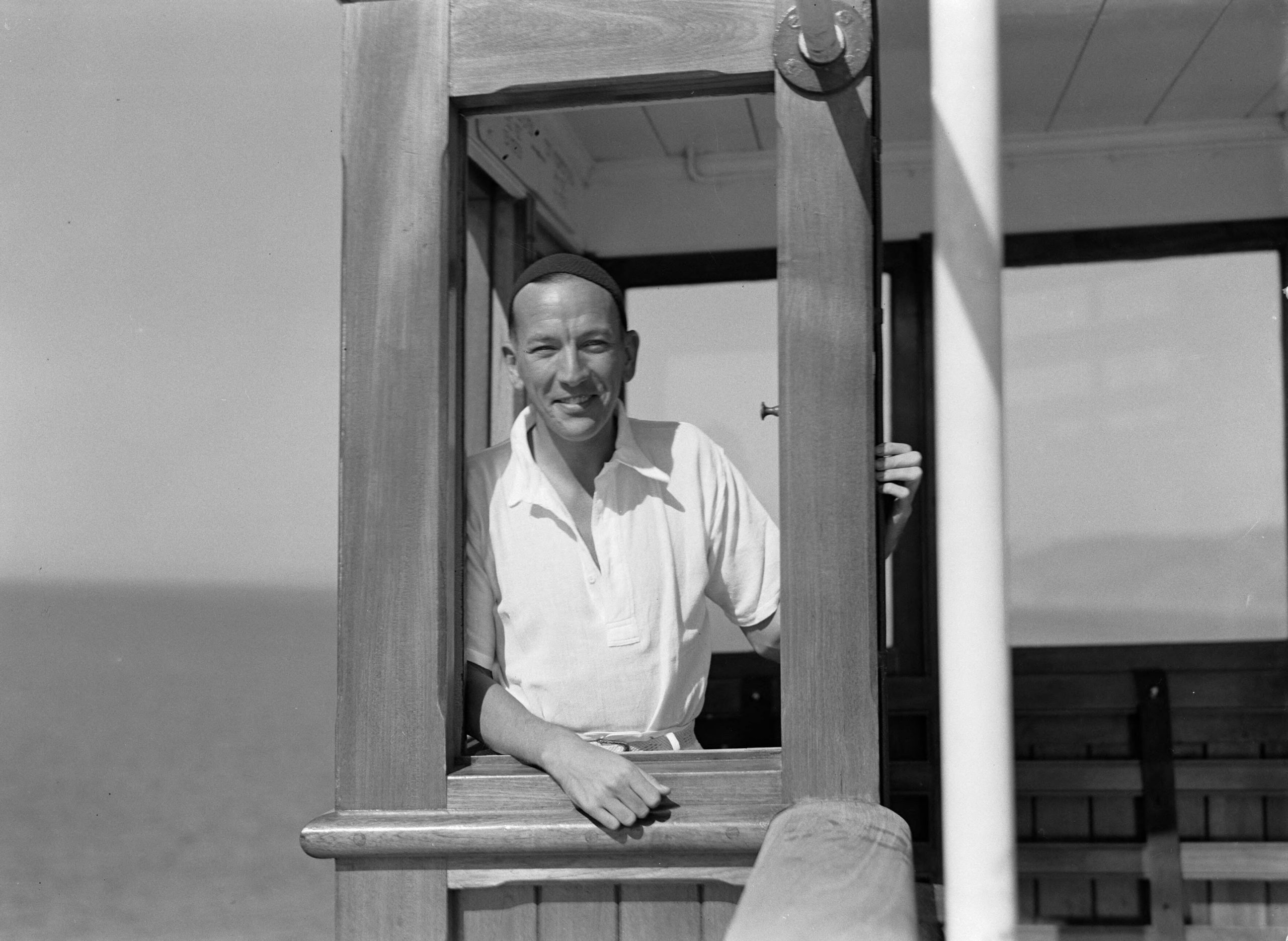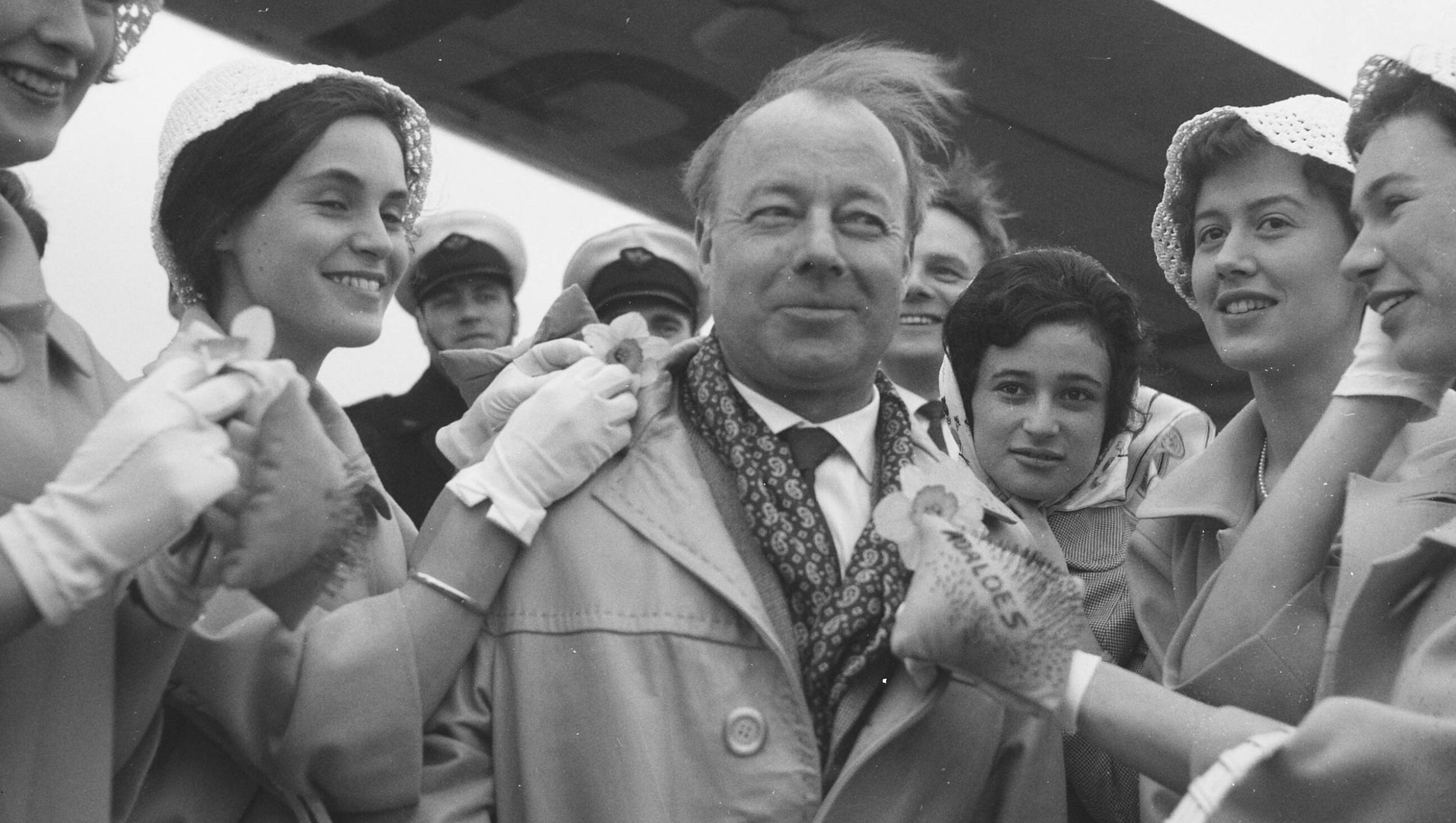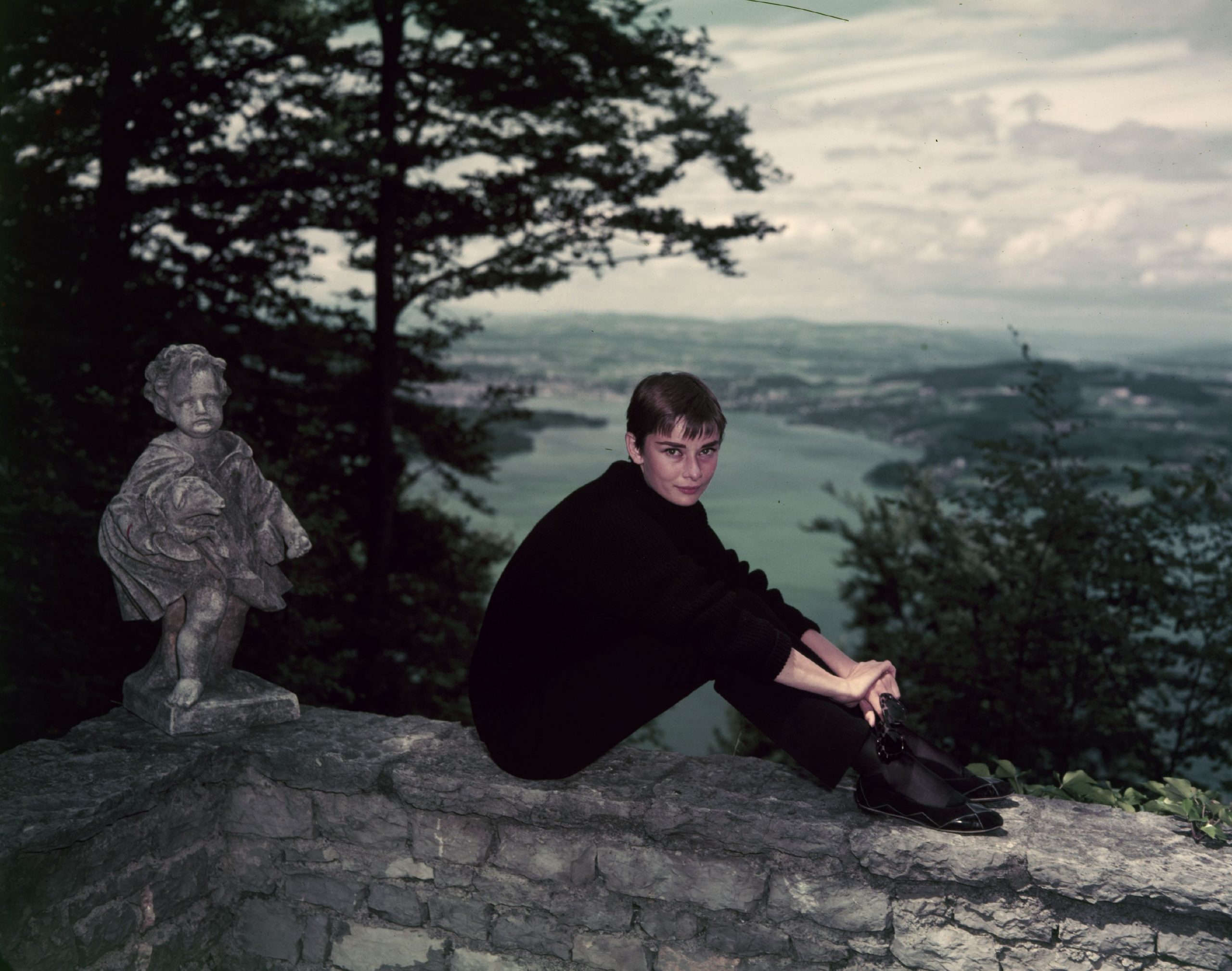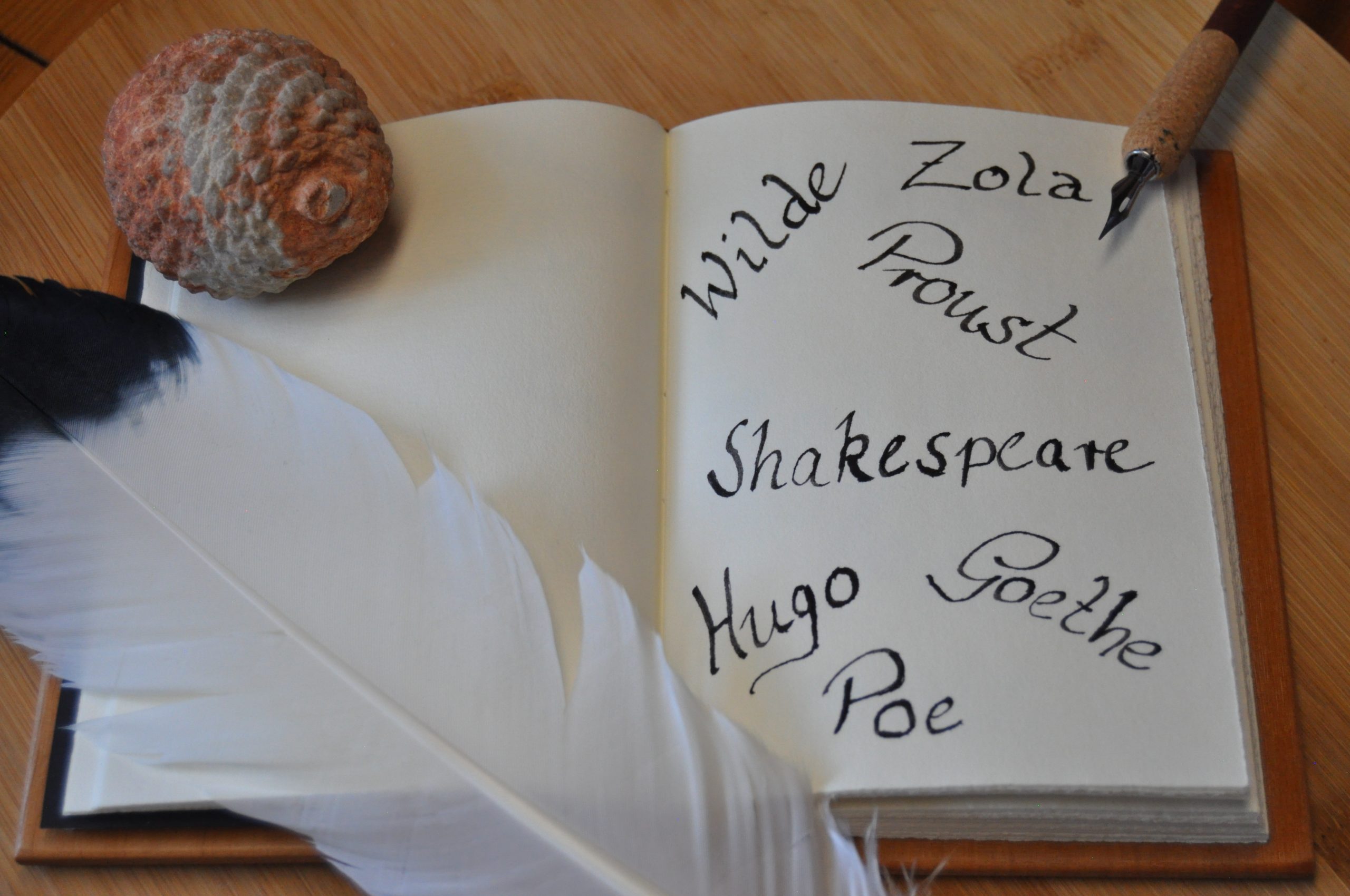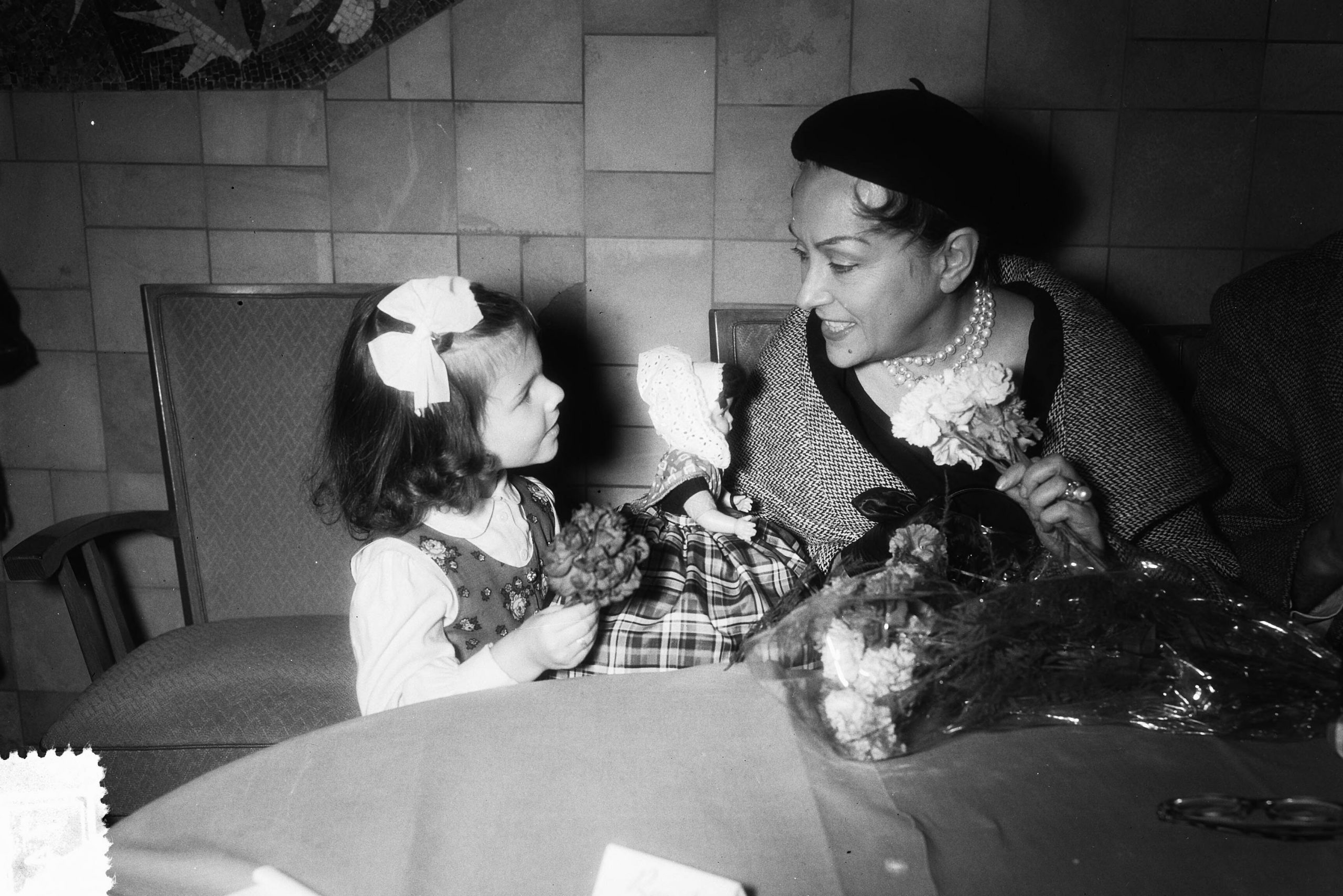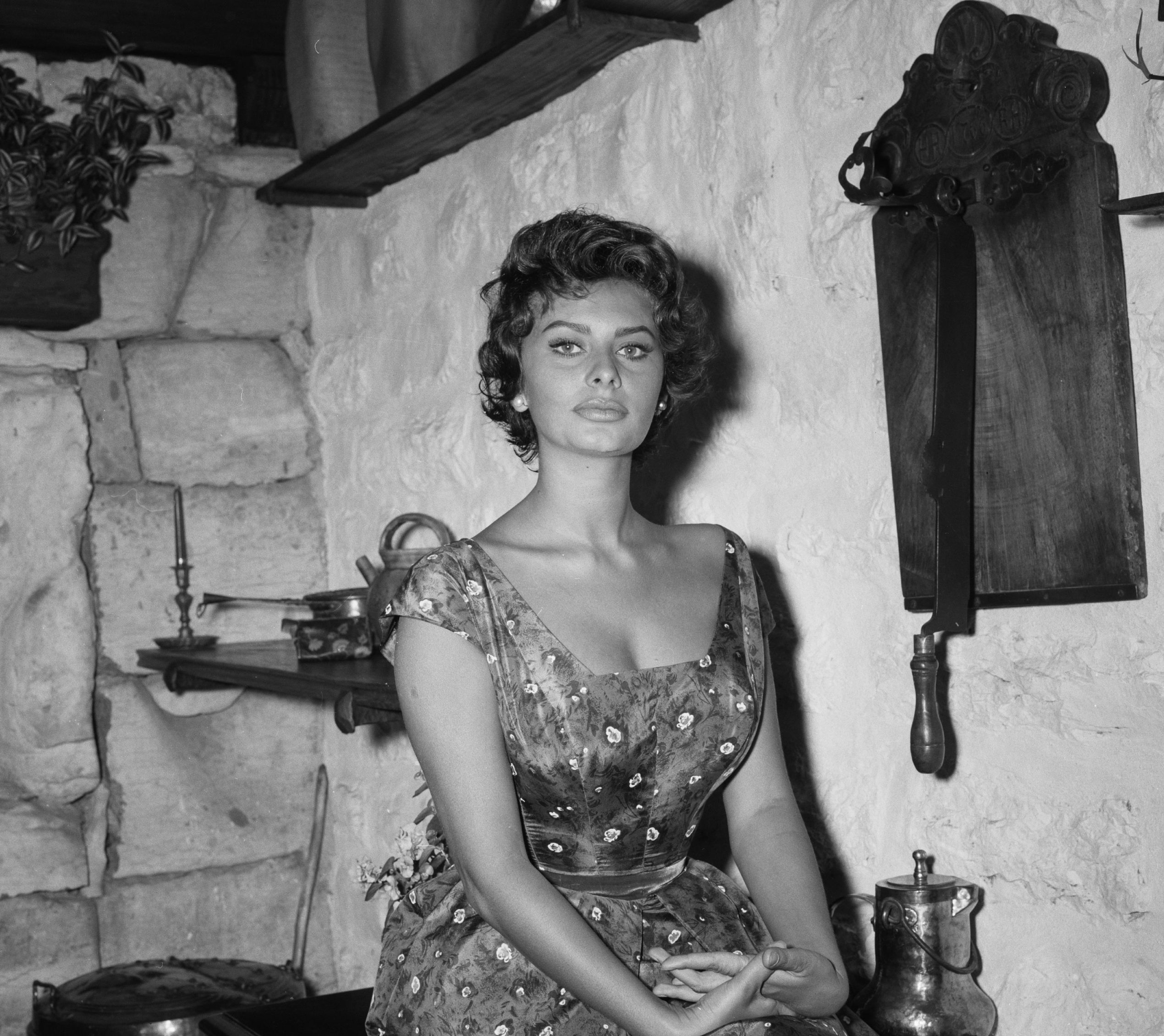Although he became known largely through a single role, he is considered a character actor. He was trained, among others, by the acting teacher Jeff Corey, who was blacklisted for acting in the early 1950s, during the time of the Committee on Un-American Activities. Jeff Corey also trained Robin Williams. Corey distinguished himself through a special approach to acting: He clearly distanced himself from method acting, which was used to train such actors as Marlon Brando. Corey’s students, first and foremost Leonard Nimoy, were given acting improvisation tasks to strengthen their ability to perform certain scenes. Method acting, on the other hand, is about letting the actors explore their subconscious.
Nimoy began acting as a child: in the late 1940s, Leonard Nimoy told his parents of his decision to go to California to train as an actor at the Pasadena Playhouse. He later said that two paths opened up for him at that time: Either he would become a photographer or an actor. His choice – to the chagrin of his parents – fell on acting.
Nimoy builds aquariums
Before Leonard Nimoy could enjoy anything close to fame as an actor, he first had to take on countless odd jobs for several years to keep his family afloat. These odd jobs are said to have included installing and maintaining aquariums.
In 1953, Nimoy began his army service: he persuaded his superiors to transfer him to Atlanta, where he wrote television and radio programmes and directed productions as a troop entertainment officer. He later drew on this rich repertoire of directing experience when he directed several Star Trek films.
After his time in the army, he returned to California and worked on his acting career.
Gene Roddenberry
For a period spanning more than a decade, Nimoy appeared as a guest actor in various programmes. These included Nimoy’s appearance in two episodes of Bonanza.
When Leonard Nimoy got involved in acting, he was well-aware of one thing: it would possibly take not months but years before he could achieve serious success. When Leonard Nimoy landed a small role in The Lieutenant in 1964, the course of his entire career changed: the series was created by Gene Roddenberry and is still known today for having assembled a large part of the later Star Trek cast several years before the start of the Star Trek Original Series. The Lieutenant featured Nichelle Nichols (Lieutenant Uhura), Walter Koenig (Pavel Chekhov) and Ricardo Montalbán (Khan Noonien Singh) as guest actors.
One wanted to give Star Trek a second chance.
Star Trek
Already during his work on The Lieutenant, Gene Roddenberry was working on the development of a new science fiction series: a major part of the plot revolved around the half-alien and half-human Mr. Spock: Mr. Spock’s father was a member of the alien species of Vulcan and his mother was human. Roddenberry was sure that Leonard Nimoy was the best person for the role: Thus, in the pilot episode of the new science fiction series Star Trek, Leonard Nimoy played the role of Mr. Spock.
The verdict of the influential television station NBC, which had commissioned the pilot, was scathing: the pilot of the series was too intellectual and contained too few action scenes. With this pilot, it would not be possible to commission a complete series.
But the last word was not yet spoken: NBC wanted to give Star Trek a second chance. In order to make the series accessible to the mass audience, the entire cast was replaced, among other things. All the actors from the pilot were dismissed – except for one: Leonard Nimoy.
Cancelled
The second pilot finally convinced NBC – the role of Captain James T. Kirk had now been taken over by William Shatner. Thus one of the most memorable duos in science fiction film history was born: Captain Kirk and Mr. Spock. Although the emotional potential of this friendship between two starship officers was not exploited until the Star Trek films, a deep friendship already developed between the two characters in the course of the series.
The Stark Trek original series ran from 1966 to 1969: after the third season, the series was cancelled. During this time, Nimoy established an enormously large fan base and had made a name for himself as an actor: but all this initially completely went past Nimoy. It was only when a truck came to deliver the fan mail instead of a postman that Leonard Nimoy realised the extent of his fame.
After Star Trek was cancelled, Nimoy starred in the series Mission: Impossible for two seasons between 1969 and 1971. Looking back, Nimoy said later that he vowed at that time not to turn down any engagement that was offered to him: In order to provide a regular income, Nimoy spent a lot of time on the theatre stage and on the set of television series. Although his role of Spock had helped him become famous, he wanted to distance himself from the role in the mid-seventies: in 1975 he published a memoir with the title I Am Not Spock. In 1995, twenty years later, a second memoir followed – this time entitled I Am Spock. What happened between these two books?
Nimoy had to fight for every single role for over a decade.
Star Trek: The Motion Picture
In 1969, when the Star Trek Original Series was cancelled, no one seriously expected Star Trek to become one of the biggest science fiction franchises of all time: After the groundbreaking success of the first Star Wars film in 1979, the film studios realised that it was possible to achieve great success with science fiction films. Originally, a new Star Trek series was planned, but after a long back and forth, Paramount Pictures decided to order a motion picture. The success of Star Wars two years earlier may have played a significant role in that decision.
Leonard Nimoy later said about the first Star Trek film that the focus was not really on the characters but on special effects: This resulted in the fact that the budget of the film was massively overdrawn and the film is still considered mediocre among Star Trek films today. Nevertheless, the film was a success at the box office and moved Paramount Pictures to commission a second film.
Nimoy as director
With Star Trek: The Wrath of Khan [1982], the Star Trek film series entered its second round: the film, which revolved around the Genesis technology, a device designed to transform a planet devoid of animal and plant life into a natural paradise, was a great success.
The film death of Leonard Nimoy’s character Mr. Spock made huge headlines within the fan community: but the film death of Mr. Spock offered great dramaturgical potential for the further films with the crew from the original series. The following film The Search for Mr. Spock [1984] was directed by Leonard Nimoy: Nimoy could concentrate entirely on his work as a director, as he only appeared briefly in the film. After the success of The Wrath of Khan, all he had to do was ask Paramount Studios if they would make the third film with him as director – the studio was enthusiastic about all his ideas. After a phase of over a decade during which Nimoy had to fight for every role as an actor, this was completely unusual for him.
On the film set, they were thrilled with Nimoy’s directing skills: for the film The Voyage Home, 1986, Nimoy not only directed, he also wrote the screenplay.
Star Trek without Mr. Spock – unthinkable
Leonard Nimoy merged with his role of Mr. Spock: For an actor who plays his role for twelve to fourteen hours a day, it is not easy to forget his role. Even in his spare time, Nimoy began to act like Spock – this was not necessarily a negative quality.
Star Trek without Mr. Spock – that is unthinkable: Even in later Star Trek series like The Next Generation, the character appears and was also embodied by Leonard Nimoy. Nimoy put almost all his acting talent into the development of the character Mr. Spock. Other actors always felt disturbed by being reduced to a single role: This does not seem to have been the case with Leonard Nimoy. Between the publication of his first memoir I Am Not Spock in 1975 and his second memoir I Am Spock in 1995, there were twenty years in which Nimoy became aware of one thing: The role of Spock was his life’s work.
Cover picture: © Simon von Ludwig
Main source: Nimoy, Leonard: I Am Spock, 2015 Hachette Books and Nimoy’s entry in the Encyclopedia Britannica.

 Deutsch
Deutsch